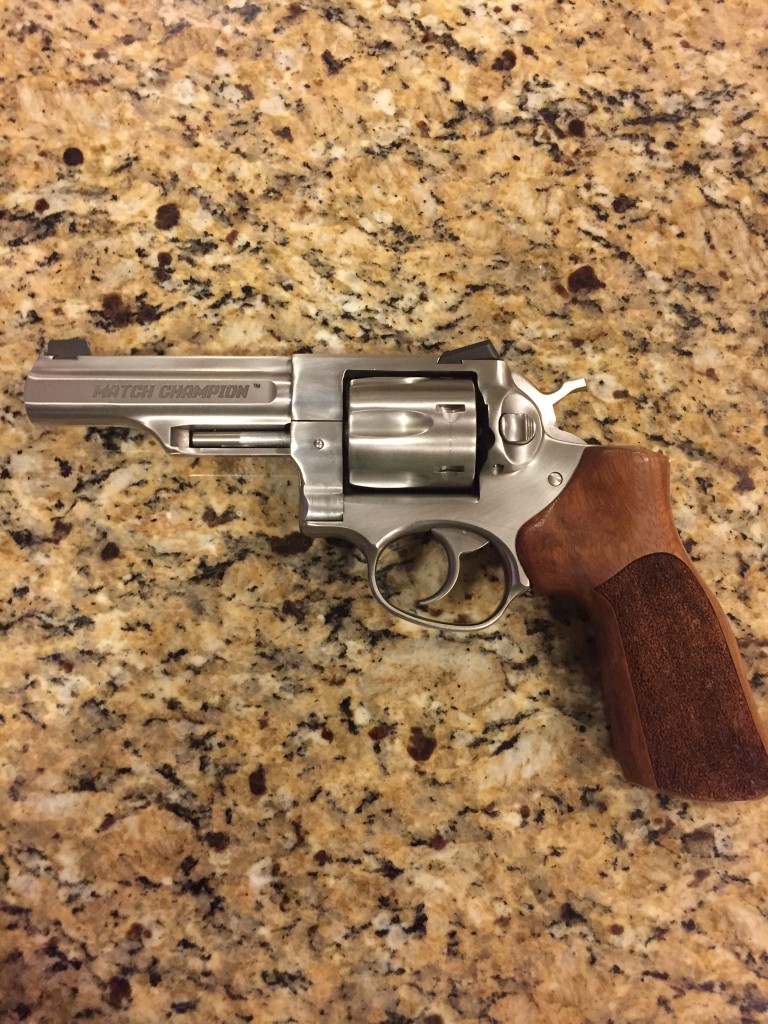Donald Trump Versus The Deep State: The Deep State Wins
BY Herschel SmithThe deep state is putting its players in place and defenestrating the threats. Regular readers know what we’re talking about when we say the “deep state.” We don’t mean whatever idiot Bill Kristol thinks it means. Nor does it mean what this Breitbart author thinks it means.
Those “deep state” officials include the intelligence, law-enforcement and national security officials who worked in President Barack Obama’s administration but who are still working in permanent or temporary positions in the White House and in surrounding agencies. Many of those officials are believed to be leaking information from within the White House to allies in the anti-Trump media, including Kristol.
That’s a children’s bedtime book version of the deep state. Regular readers know that the deep state means DynCorp, the CIA, portions of the FBI and DHS, much of the State Department, some local LEOs who have previously worked for DynCorp, former generals, The Clinton Foundation and Clinton Global Initiative, and some others, involved in money laundering, nation toppling, child and organ trafficking, oil trafficking, weapons trafficking, assassinations, and other wicked things to enrich the already wealthy and bring them more power.
Donald Trump was clearly in a war with the deep state and their mouthpiece, the MSM, during most or all of his presidential campaign. He has lost the war.
Donald Trump has asked a New York billionaire to conduct a review of U.S. intelligence agencies and other aspects of the federal government, current and former officials told NBC News.
Trump’s expected appointment of Steve Feinberg, co-founder and chief executive of Cerberus Capital Management, is causing consternation inside the intelligence agencies, former senior intelligence officials say.
A senior administration official says Feinberg still needs to be cleared by the Office of Government Ethics, which is complicated because Cerberus owns many different companies, some of which have financial relationships with the U.S. government.
But there were indications Thursday that Trump’s plans could be changing.
Current and former intelligence officials told NBC News that Trump’s pick to be director of national intelligence, Sen. Dan Coats of Indiana, was annoyed that the news of Feinberg’s role was breaking before Coats’s Senate confirmation, expected next week.
Asked at a White House news conference if Feinberg would conduct an intelligence review, Trump said, “I think that we are going to be able to straighten it out very easily on its own.”
Trump called Feinberg “a very talented man, very successful man,” and said, “he’s offered his services and you know, it’s something we may take advantage of.”
One former official, who speaks regularly to current senior officials, called Feinberg’s expected role an “extra-constitutional process,” and said Trump believes the intelligence community “needs to be threshed and cleaned and bent to the will of the executive.”
It does, and I’ll bet Feinberg “offered his services.” But this won’t bend the intelligence community to the will of anyone but the deep state.
Folks, Feinberg is DynCorp, DynCorp is the CIA, the State Department is the political wing of the CIA, and through the JTTF and Fusion Centers, the CIA has infiltrated the DHS, FBI and local law enforcement. DynCorp has been the hinge pin neck deep in nation toppling in North Africa and grabbing of the resources that became available after the nations of Libya and Syria degenerated into chaos.
Trump will be coopted or molded, or intelligence will be completely hidden from him. Either way, he will be neutered. The deep state has won. We always knew that Trump only gave us more time, not a real change. Make use of that time. Regular readers know what to do with that time.
As for Cerberus Capital – which Feinberg owns, my previous articles on Cerberus pointed to a bit of puzzlement on why this conglomerate wanted to buy up firearms manufacturers. At the time I thought it was a bad idea for small firearms companies to sell to conglomerates like Cerberus, and I said so. But I hadn’t mentally connected the dots between Feinberg and firearms manufacturers. Well, I have now.
As best as I can tell, Cerberus still owns Remington, Bushmaster, DPMS, Marlin, Para USA and other companies. At one time, since Para is located near me, I offered to drive to their offices and interview workers, management, or whomever, take some pictures of guns, discuss their gunsmithing and write a post to promote their work. I was considering buying a Para USA 1911.
The reaction from Para USA was nothing short of creepy and weird. “No. We don’t do that. Please see our web site.” It was like no communication I’ve ever had with a firearms manufacturer, and I’ve had more than I can count. Now that I understand Feinberg and his secrecy, it makes better sense.
Readers can make up their own minds about Cerberus, but I won’t be buying any firearms from them (Freedom Group). It’s my little way of starving the beast since I will be accountable for all of my actions before a sovereign God, but it won’t be enough. What? You didn’t think that those hundreds of millions of dollars that supposedly went to train “freedom fighters” in Syria actually went to train “freedom fighters in Syria,” did you? And you didn’t really think that any of this war against Michael Flynn was accidental, did you?
Keeping up with George Webb is difficult, but a couple of his latest are embedded below. They touch on some of these things.




